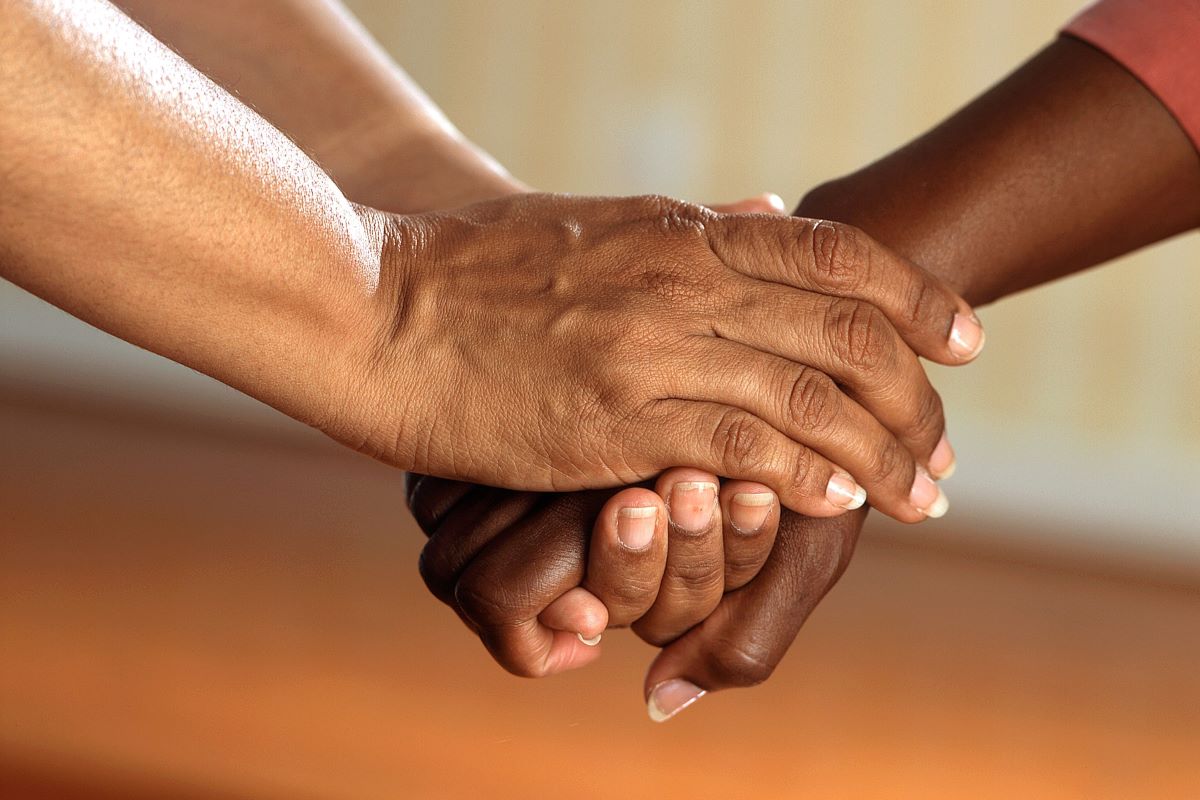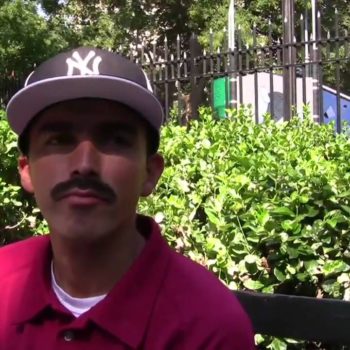Generally speaking, we can agree stereotypes are powerful. Stereotypes have interjected into nearly every encounter I’ve had (and continue to have) regarding the topic of homelessness.
For me personally, it started quite simply enough: with a case number. Quickly, a case number evolved into a room number. My husband and I were rarely addressed by name, but by room number. Quickly, I was stripped of my identity, who I was, and re-birthed into, I suppose, a homeless person. We were quickly rebranded as the stereotypes that tell us what it means to be homeless. And this was just the very beginning.
After 10 hours of sitting at shelter intake, we hopped on a train headed for El Camino. A processing shelter for homeless families, El Camino is on a quiet street in a quaint neighborhood in Jamaica, Queens. Although we had frequent and determined NIMBY protesters, across the street protesting our very existence, I was grateful to be there.
‘This Is Not a Prison’
Shortly after we arrived, our on-site Housing Manager said the most peculiar thing to us. Almost like a warning, he said, “this is not a prison.” Simple words, but unlike stereotypes, he was not very persuasive. Between guard escorts, metal detectors, curfews and random inspections, it felt just a little bit like prison. We were told when and where to eat, to sign our names, to stand, to leave, to come back, and to see our case manager. There were all kinds of people from all walks of life – young, old, disabled, recovering addicts, college students, runaways, middle-class professionals, nurses, teachers, baristas and burger flippers. Although we were all people, we were addressed by room number and instructed how to live … because we were homeless.
Inevitably, this environment started to change the way I felt about myself. Even today, after a whole year of being housed, of having a safe and stable place to live again, I still look in the mirror and am not entirely sure who is looking back at me. My memories are jumbled, dark, and greatly shrouded by an “old life.” It was shelter life, an old persona, never quite me, but an identity I was forced to live. My case number manifested as a ball and chain, cuffed to my wrists and ankles.
I felt trapped, with nowhere else to go but out in the cold. I wasn’t making progress. Instead, I actually felt like I was regressing, backpedaling, and losing any chance of salvaging the life I lost.
A Light in a Dark Tunnel
If it weren’t for a kind and compassionate case worker, I might have been a very different person today. I might have not recovered or found my way back to myself. It was in the basement, behind a closed door, that I expressed my concerns to my case worker. She was a young female, new to social work and not much older than me. Choosing the path of empowerment, she acted in compassion.
Writing me a referral to Care for the Homeless, she empowered me to tell a doctor that I may be suffering from depression, that I was hurting, and that I needed help. I saw her weekly, without fail, and she pointed out the good things about me. She pointed out my strengths. But, most importantly, she pointed out the horizon and I slowly began making my way in that direction.
Punishment Over Compassion
When I left El Camino, I was assigned a new case worker who greatly favored punishment over compassion. His prejudices ran deep, considering his choice of profession. While not particularly mean to me, he spoke poorly of my neighbors and peers, whom I cared deeply for. He constantly reminded me of how lazy and uneducated they were. He would say they were here on purpose, that he “wished he could have free housing and not have to work either.”
As you can imagine, four months of overturning negative messaging evaporated overnight. We had NYPD “Peace officers” on site whom weren’t necessarily interested in keeping the peace. Instead, they instigated altercations and terrorized us. Ironically, no one told me this place wasn’t a prison. Getting our room raided by armed police in the middle of the night confirmed this.
In the study, “A threat in the air: How stereotypes shape intellectual identity and performance”, results found that “stereotype threat(s) lead to a vicious circle. Stigmatized individuals experience anxiety, which depletes their cognitive resources and leads to under-performance, confirmation of the negative stereotype and reinforcement of the fear.”
Perhaps punishment, in place of empowerment, further perpetuates one’s homelessness. Maybe telling a homeless person they’re worthless inhibits their ability to push for better.
If you say it enough, and their surroundings and environment confirm it, they will start to believe it. It didn’t take me very long to start believing it. It took even longer for me to stop believing it.
Punishment Is the Default – We Must Do Better!
Of all places, it is within homeless services, within our homeless shelters, from our social workers, that we should expect empowerment to take precedence over punishment. Why? Because punishment is already the default. Punishment is already the foundation. It’s what’s outside shelter walls in forms of sweeps, hate crimes, and other forms of violence. Homeless services should be a safe space, a path back to ourselves, a path back to normality. It should be a path to our desired place in society, to a life that is recognizable, that’s worth reaching for.
Senior Lecturer in Psychology, Magdalena Zawisza, of Anglia Ruskin University affirms that although “changing stereotypes often takes time, while we are working on it, there are techniques to help us cope…[one] method is to buffer the threat through shifting self perceptions to positive group identity or self affirmation.”
My biggest goal is to remind homeless people, and everyone else, that they are indeed people. They are human beings worthy of survival, of having their basic needs met. This includes feeling safe and respected. As it happened to me, it can happen to you. All it takes is one debilitating event – an injury, a disaster, a job loss, or a death in the family. Let’s remember that the best remedy, the best path to recovery, is and always will be compassion. It will always be empowerment.













